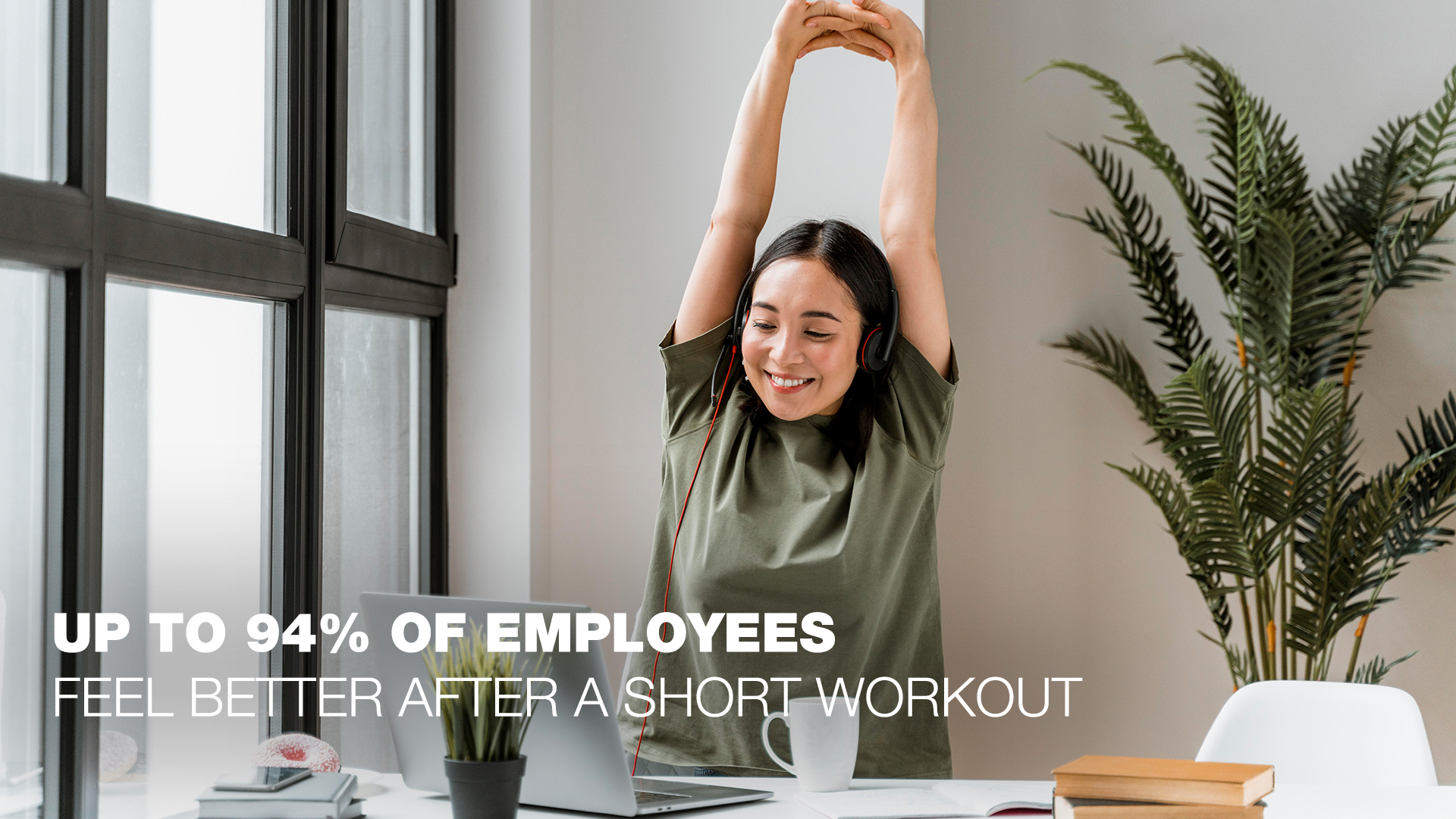According to statistics, approximately 40.7% of people in Slovakia have sedentary work and half of them sit for an average of eight hours a day. Sedentary work and our lifestyle are often associated with a variety of health problems that affect the quality of our life.
The most common problems reported by people working sedentary is lower and upper back pain, shoulder pain, elbows pain and wrists pain. We often tend to associate the aforementioned pains with sedentary work. However, if we take a closer look at people who don’t sit for eight hours behind the desk and have plenty of movement, we find that they also suffer from back pain. The question is: “Is our sedentary jobs really the problem?”
Changing your sitting position for spinal health
The biggest problem seems to be the inaction as such. What do we mean by that?
Our body is not adapted to long-term static postures and activities such as sitting. Even when sitting alone, our body has to hold individual muscles against gravity, meaning that our muscles are strained. One of our recommendations is not to be afraid to change your sitting posture. Many of us have an idea of the ideal sitting position in front of our eyes. But most of us don’t last long in such a position. So don’t be afraid to lean back on a chair, put your leg out, sit cross-legged or try different postures. Even such a little thing will help you have a healthier back and make your lifestyle healthier.

Just because your spine hurts doesn’t mean any part of it is damaged. In many cases, we associate back pain with damage to some part of the spine. However, we now know that pain is not directly proportional to the damage of our tissues, and that many factors impact how we perceive the pain. One study even showed that 36% of patients examined had a finding on their spine during an MRI without experiencing any pain.
What matters is what we do most of the time, not once in a while.
What do we mean by that? Even if we sit eight hours a day in the workplace, what’s important is what our day looks like outside of it. Do you commute to work by car? You park right by the entrance door? Do you use the lift? Do you come home after work and sit and watch TV? Or do you try to be more active and go to work on foot rather than by car? Exercising after work or taking a walk in nature will help you feel better and healthier.
If you have a sedentary job, it’s important that you only sit at work and don’t lead a sedentary lifestyle. That’s a crucial difference.
What should I make of this?
Sitting as such is not as dangerous as you often think. As long as the sitting is compensated by movement and there are regular changes of posture during sitting, it should not harm you. Take a look at the tips prepared by physiotherapist Jessica Zatlkajová:
- Take breaks while working.
- In addition to ergonomics, focus on changing your sitting position regularly.
- Exercise briefly while you are at work.
- Make sure you get plenty of movement outside of work.
- Motivate yourself and your colleagues to be active.
- Work on stress relief – it affects pain perception.
- Make sure you get quality sleep (7–8 hours).
- During breaks while working, alternate between distant and close-up views more often.
At NEBBIA, we also try to minimise the impact of sedentary work. Our colleague Rocky has five tips that help him minimise the impact of sedentary work on his health:
- Almost any smartwatch can send you a notification when you sit still for a long time. I recommend watches from Garmin, Samsung or Apple.
- I work at a desk that I can crank/electronically raise to a standing position.
- There is an upright posture corrector that senses the position of the head and back. It will alert you if your body is hunched or too bent.
- The Pomodoro timer on your desktop forces you to “turn off your head” and change position by locking the computer for 5 minutes at regular intervals. I have the interval set to every 25 minutes.
- A quick aid for changing your sitting position and a benefit for your spine is the under-desk footrest, on which you can place your feet as needed.
Although sedentary work carries health risks, it is important to lead an active lifestyle and to exercise regularly. This can help offset the negative effects of sedentary work and maintain good health.




































